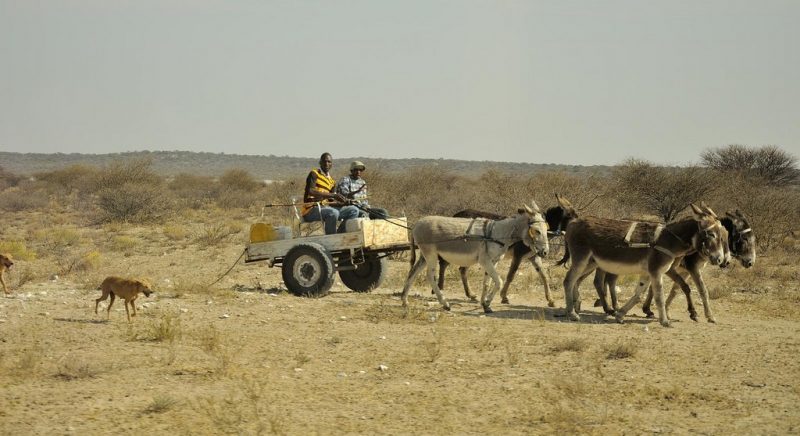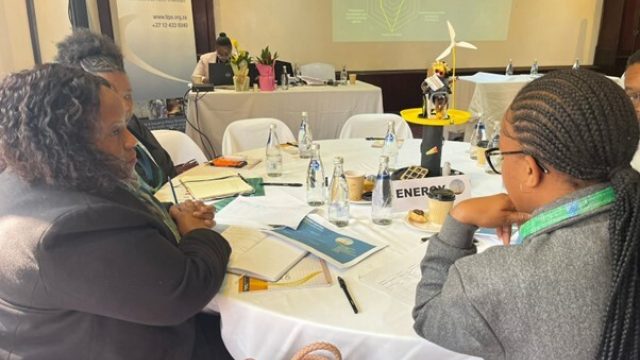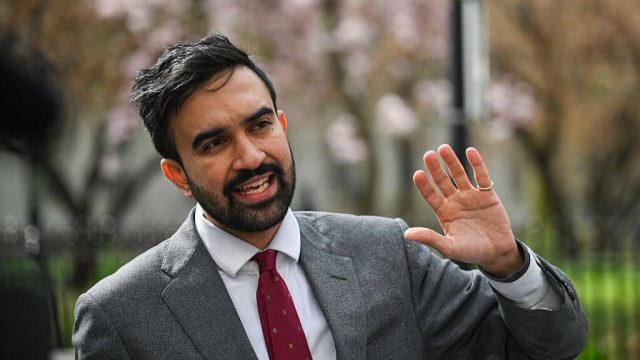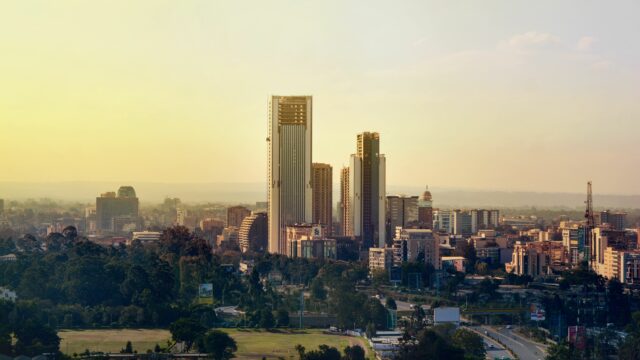Putting climate-induced displacement at the heart of COP30
Climate-displaced people are left on the margins of governance, remaining visible in text but peripheral in action. That needs to change

In Belém, Brazil, preparations are underway for the 30th United Nations Climate Summit (COP30). More than 50,000 delegates, from heads of state to grassroots organisers, are expected to arrive in the city, which is racing to complete 38 major infrastructure projects, including new housing, road expansions, and sewage system improvements in time.
Meanwhile, in southern Brazil, a vastly different climate reality is unfolding. Since May 2024, historic flooding has displaced over 775,000 people from Porto Alegre and across Rio Grande do Sul. As the world prepares to talk climate, hundreds of thousands are already living its consequences.
“ Climate-displaced people need to be put at the frontline of all spheres of negotiation. They need the space to represent themselves and present their knowledge of climate-displacement strategies, gained through lived experience.”
Climate-induced displacement is a present and escalating crisis. However, the voices of climate-displaced individuals are largely missing in climate policy spaces, and displacement remains poorly defined and insufficiently addressed within COP frameworks.
In order for COP30 to deliver on its promise of climate justice, climate-displaced individuals must be involved in key discussions, and displacement should be recognised as a key driver of loss and damage, demanding funding, clarity, and meaningful representation.
Displacement in the Climate Agenda: Present, but Peripheral
Human mobility was first recognised as a climate issue at COP13 in Indonesia in 2007, and since then some progress has been made on acknowledging its importance. COP16 saw a clear acknowledgement of the imperative to sufficiently understand and cooperate on issues of human mobility; the Warsaw International Mechanism for Loss and Damage (WIM) emphasised financial compensation for nations most impacted by climate change; and the Paris Agreement highlighted the vulnerabilities of migrants specifically. Last year, COP29 in Baku saw human mobility discussed in several key negotiations, with civil society advocates successfully promoting the inclusion of migration, displacement, and planned relocation in several key texts.1
These acknowledgements represented incremental moves towards addressing climate-induced displacement on a global scale. However, the pace has been slow going, and there is still no international treaty or law that addresses individuals who migrate primarily due to climate change. Displacement is treated as a secondary, often incidental, outcome, instead of as a key and measurable form of climate impact, while existing frameworks like the WIM and the Paris Agreement stop short of offering tangible protections or funding pathways for climate-displaced populations.

This uncertainty is worsened by the fact that there is no existing fund that targets displacement specifically. The Loss and Damage Fund does not include displacement as a designated funding category, despite acknowledging its contribution to loss and damage. The Fund itself is under-financed, with no consistent funding sources to provide, even in the case where displacement was included within its jurisdiction. And inconsistencies in how displacement is measured within loss and damage assessments continue to undermine effective planning, resource allocation, and delivery of support – especially in the wake of sudden-onset displacement events (floods, wildfires, earthquakes, etc.)
As a result, climate-displaced people are left largely on the outskirts of formal climate governance, remaining visible in text but peripheral in action.
How COP30 Can Deliver Better Outcomes
To adequately address climate-induced displacement, COP30 needs to move from principles to practice and accountable mechanisms.
First, actors should work towards establishing dedicated funding streams for climate-induced displacement within the Loss and Damage Fund, while also advocating for the inclusion of Loss and Damage, alongside mitigation and adaptation, as a central pillar of the New Collective Quantified Goal. Together, these steps would ensure that displacement is not only acknowledged as a form of loss, but also addressed through predictable, needs-based financing.
Second, the conference should advocate for standards on how displacement is measured, allowing for accurate assessments and coordinated responses across countries and agencies. More resources should be allocated to displacement data collection and technical assistance should be provided where necessary.
Third, financial commitments must be accompanied by transparent accountability structures, such as clear responsibilities, timelines and public reporting mechanisms. This is to prevent any country from shirking their duties and relying on the good will of other nations to reach targets.
Last, and most importantly, climate-displaced people need to be put at the frontline of all spheres of negotiation. Not only should they be represented by organisations working in their favour, but they need the space to represent themselves and present their knowledge of climate-displacement strategies, gained through lived experience and regional understanding. This allows for clarity on where they need the most help and places their desired outcomes at the heart of solutions.
The floodwaters in southern Brazil are not just a warning, they are a reality that millions are already living. As COP30 participants prepare to convene in Belém, the summit’s legitimacy will be tested by its willingness to act on displacement with clarity, financial commitment and justice. It is no longer sufficient for climate-induced displacement to be relegated to the margins of discourse. It must be a central aspect to how we understand and address loss and damage, for the betterment of our future and our planet.
- Kuei Battal
Footnotes
Human mobility was specifically referenced in the New Collective Quantified Goal on Finance (NCQG), the Global Goal on Adaptation (GGA) and the Gender Action Plan, as well as the Baku Call on Climate Action for Peace, Relief, and Recovery and the Baku Guiding Principles on Human Development for Climate Resilience.


